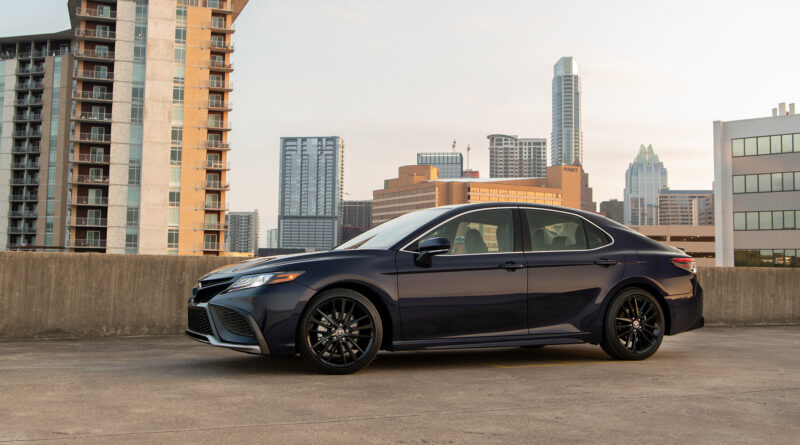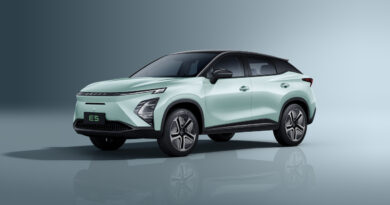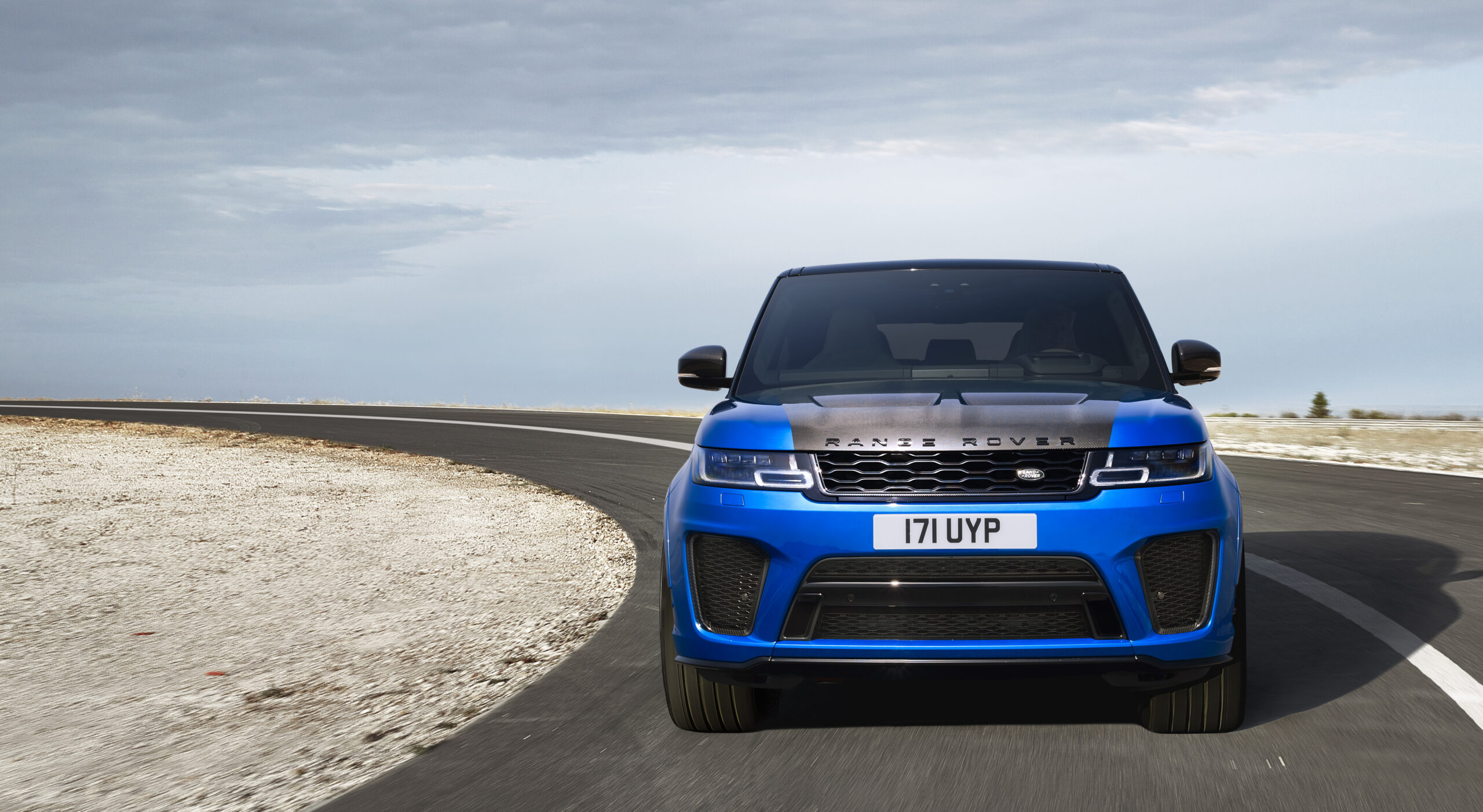V6 Camry dropped as Toyota increases focus on hybrid
Toyota has ditched the V6 version of the Camry to instead focus almost entirely on hybrid variants.
It means the sportiest and most luxurious models of the popular family sedan will now have electric motor assistance to save fuel and boost performance.
Despite only returning to the Camry lineup late in 2017, Toyota has ditched the most powerful version in the lineup – the V6 – to instead capitalise on demand for petrol-electric versions of the top-selling mid-sized sedan.
More than two-thirds of the 13,727 Camrys sold in Australia in 2020 were hybrid, helping post record hybrid sales in Australia last year.
A decade after Toyota added a hybrid to the Camry lineup – it was built in Australia, the only hybrid car to be made locally – it has pared the 2021 range back to five variants, four of which have a petrol-electric hybrid system.
The updated 2021 model goes on sale in April (images in this article are from left-hand drive cars that have different model names).

As well as a restyled grille and front bumper the 2021 Camry gets a new dashboard that for all but the base Ascent model gets a larger 9.0-inch infotainment screen.
The Camry Hybrid also gets a mildly revised hybrid powertrain that somehow makes less power than the previous car but uses more fuel in some models. It comes after Toyota last year upgraded the battery technology in the Camry Hybird to a newer lithium-ion chemistry.
The revised hybrid system still gets a 2.5-litre four-cylinder petrol engine but it now teams with two electric motors to make a combined 155kW – that’s 5kW less than the model it replaces.
While claimed fuel use is still 4.2 litres per 100km for the most affordable hybrid, the Ascent Hybrid ($33,490, plus on-road costs), and the Ascent Sport Hybrid ($36,290), for the Camry SX ($39,190) it jumps to 4.7L/100km while the Camry SL ($46,990) the fuel use is 4.5L/100km.
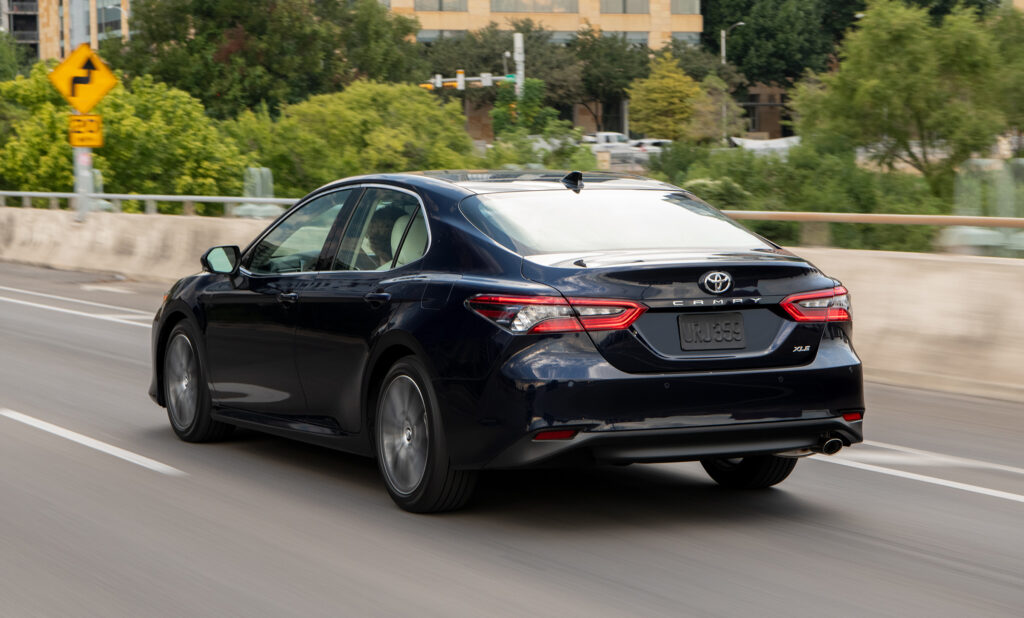
“Customers have come to appreciate the significant benefits to their bottom line and their environmental footprint and now with this facelifted model, we are further improving the proposition with a more stylish aesthetic inside and out and more advanced safety and comfort technology,” said Toyota Australia vice president of sales and marketing Sean Hanley.
Despite that increased focus on the environment from Toyota customers, it seems many are unfazed. Toyota still sells many more diesel-powered large SUVs and utes – many of them with a V8 engine – than it does hybrids.
While Toyota is focusing more on regular hybrid tech for its Camry, the brand still does not sell any rechargeable cars in Australia – either plug-in hybrid or electric – and there’s appears to be nothing on the immediate horizon.
However, globally Toyota is readying its new BZ electric car sub-brand, some of which will inevitably come to Australia.
Of the five Camry models offered in the revised lineup – which includes Ascent, Ascent Sport, SX and SL model grades – only one doesn’t have a hybrid system. And that car is the base model Camry Ascent 2.5, priced from $30,990 plus on-road costs.
It’s a car clearly aimed at price conscious fleets, although it shouldn’t take fleet managers long to establish that the extra $2500 for the hybrid system in the Camry Ascent Hybrid will quickly pay itself off in fuel savings.
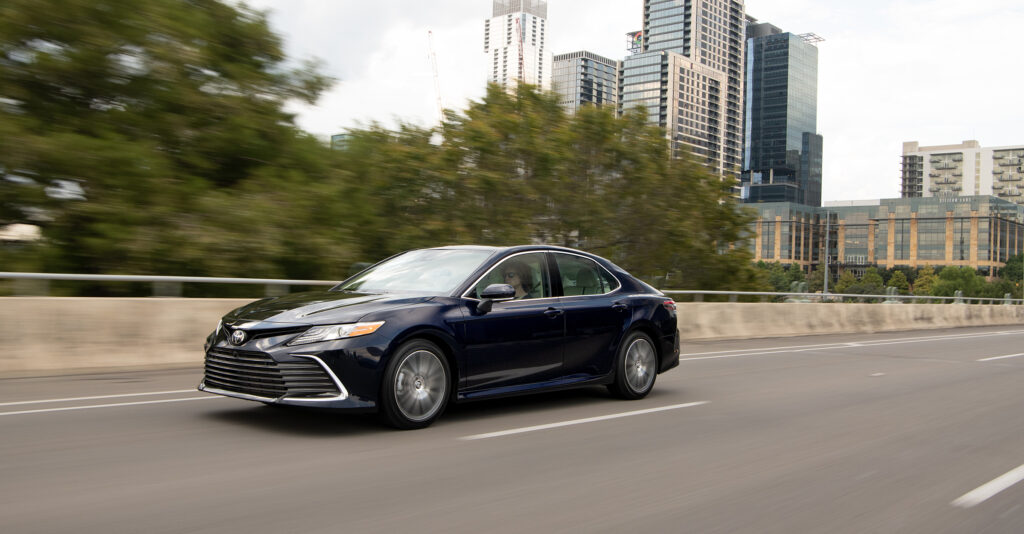
Claimed average fuel use for the hybrid is 4.2L/100km (albeit only for the Ascent and Ascent Sport).
Considering the non-hybrid 2.5-litre uses 6.8L/100km it means someone travelling 15,000km per year would spend about $1530 on fuel (assuming a per-litre price of $1.50).
In the hybrid that drops to $945 as an annual fuel bill, suggesting the time to pay off the $2500 hybrid premium would be a bit over four years. But around town – where the hybrid fuel savings are more pronounced – the difference in fuel use between hybrid and non-hybrid should be more pronounced, shortening that time to pay off the difference.

